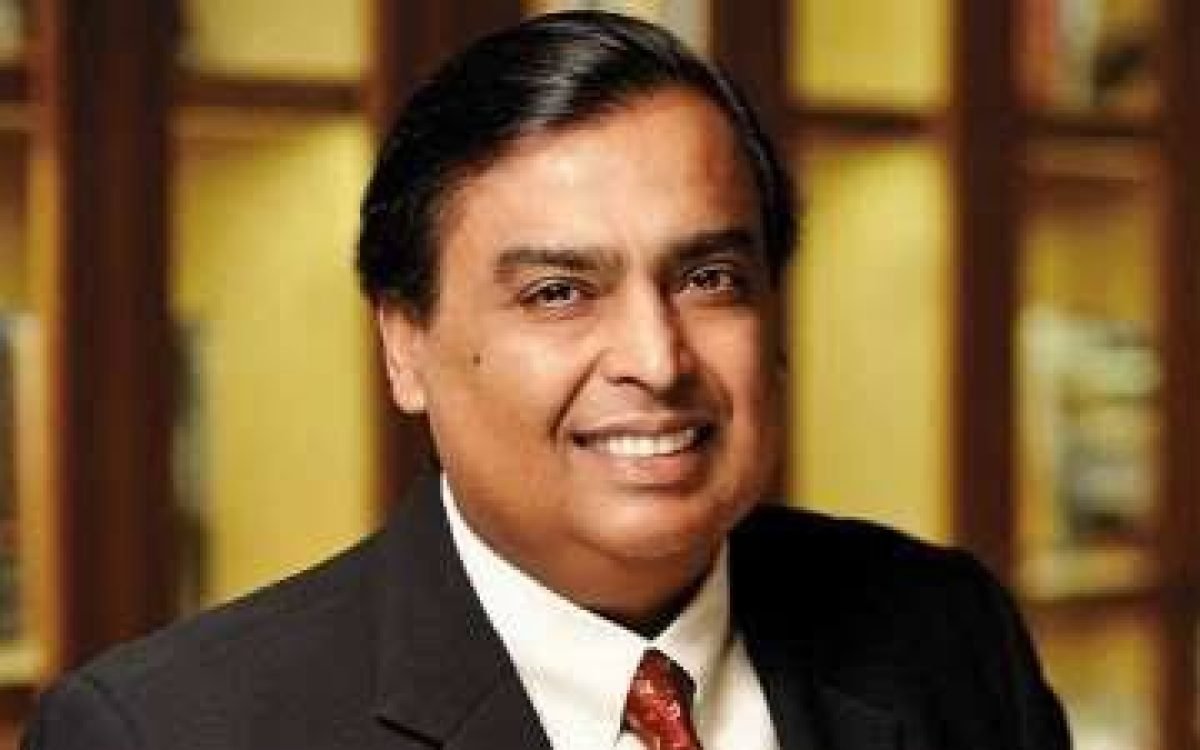In a game-changing move, Mukesh Ambani, the visionary behind Reliance Industries, has spearheaded the creation of Hanooman, an AI revolutionizing language accessibility in India.
In collaboration with esteemed institutions like IIT Bombay and eight other Indian Institutes of Technology, Ambani’s Seetha Mahalaxmi Healthcare (SML) has unveiled Hanooman as part of the ambitious “BharatGPT” project. The goal is clear: democratize AI by breaking down language barriers and making it accessible to India’s diverse population.
Hanooman’s Multimodal Capabilities
Hanooman stands out for its multimodal capabilities, a feature absent in conventional language models. It goes beyond mere text comprehension to understand and generate content across various formats: text, speech, and even video. Whether seeking healthcare advice, educational content, or customer support, Hanooman delivers personalized responses in the user’s preferred language.
Open-Sourced Innovation
The Hanooman models, ranging from 1.5 billion to an impressive 40 billion parameters, will debut soon and be open-sourced. This approach invites developers and researchers to build upon Hanooman, fostering innovation and customization across diverse sectors.
Inclusion of Linguistic Diversity
India’s linguistic landscape poses a significant challenge for AI development, with 22 official languages and numerous dialects. Hanooman addresses this complexity by currently supporting 11 Indian languages, including Hindi, Tamil, Telugu, and Marathi, with plans to include all 22. This initiative aims to empower millions who struggle with English by providing AI services in their native languages.
Applications of Hanooman AI
Hanooman’s impact extends beyond translation services. From healthcare consultations to customer support and educational content creation, Hanooman enriches various sectors with its diverse applications, promising a transformative AI experience for Indian users.
Hanooman vs. ChatGPT-3: A Comparison
- Training and Parameters: While Hanooman boasts lineage steeped in Indian languages, with models ranging from 1.5 billion to 40 billion parameters, ChatGPT-3, developed by OpenAI, leads with a staggering 175 billion parameters.
- Multimodal Capabilities: Hanooman excels in text, speech, and video comprehension, offering personalized responses in diverse formats. In contrast, ChatGPT-3 primarily focuses on text-based tasks.
- Linguistic Diversity: Hanooman’s deep integration with Indian languages and dialects positions it uniquely to serve the diverse linguistic landscape of India. ChatGPT-3, while multilingual, may not possess the same depth of understanding regional dialects.
- Applications Beyond Translation: Hanooman’s applications span healthcare, customer service, and education, catering to diverse user needs. ChatGPT-3, while versatile, primarily excels in text generation, leaving other modalities to be explored.
Conclusion
Hanooman represents a significant leap forward for AI in India, driven by Mukesh Ambani’s vision for inclusive and accessible technology. With its multimodal capabilities, linguistic diversity, and versatile applications, Hanooman promises to redefine the AI landscape, empowering millions across the nation. As Hanooman prepares for its grand debut, India stands on the cusp of an AI revolution, marked by inclusivity, innovation, and empowerment.









